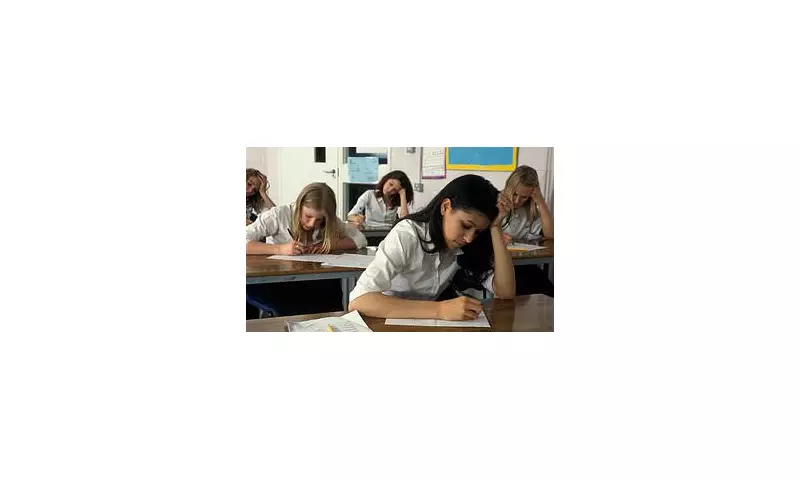
In a move that's dividing educational experts across Britain, new guidance for teachers suggests avoiding direct questions to students to prevent triggering anxiety. The controversial approach aims to create what proponents call 'emotionally safer' classrooms but has critics warning of dire consequences for academic standards.
The Anxiety-First Approach
The guidance, developed by mental health charity Spark and supported by the Anna Freud Centre, encourages educators to rethink traditional teaching methods. Instead of direct questioning like "What do you think about this poem?", teachers are advised to use open-ended statements such as "I'm interested to hear people's thoughts about this poem."
Why the Change?
Proponents argue that traditional questioning puts undue pressure on vulnerable students. "Some children experience questions as a threat," explains the guidance, suggesting that anxious students might interpret being asked directly as "something dangerous."
The approach forms part of a broader mental health initiative that includes:
- Creating 'calm corners' in classrooms
- Teaching breathing exercises to manage anxiety
- Using visual timetables to reduce uncertainty
- Implementing 'worry boxes' for students to share concerns
The Backlash from Educational Traditionalists
Not everyone is convinced. Chris McGovern, chairman of the Campaign for Real Education, delivered a blistering critique: "This is another nail in the coffin of teacher authority. It's substituting therapy for teaching and risks creating a generation unable to cope with normal life challenges."
Many experienced educators worry that the guidance undermines fundamental teaching practices. The traditional method of questioning serves multiple purposes:
- Checking understanding in real-time
- Engaging students actively in lessons
- Developing critical thinking through challenge
- Preparing young people for real-world situations
Finding the Middle Ground
Some educational psychologists suggest a balanced approach. While acknowledging the importance of mental health awareness, they emphasise that learning necessarily involves some discomfort and challenge.
The fundamental question remains: Are we protecting children from anxiety or preventing them from developing resilience? As schools across the UK grapple with rising mental health concerns among students, this debate strikes at the very heart of what education should achieve in the 21st century.
With teacher workloads already at breaking point and academic standards under constant scrutiny, this new guidance adds another layer of complexity to an already challenging profession. The education community awaits to see how this controversial approach will play out in classrooms nationwide.





